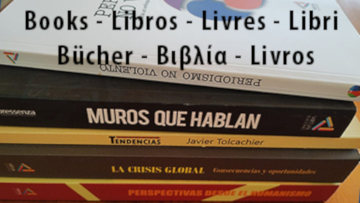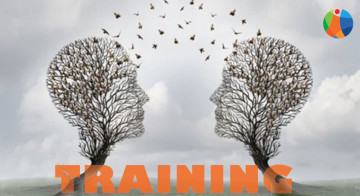The bayanihan spirit. It’s an age-old Filipino tradition of helping others without expecting anything in return, a core value of Filipino culture, a palpable sense of community and cooperation, that is still alive today.
The word bayanihan comes from the word bayan, which means “nation, town, or community”. This centuries-old tradition is often depicted by a community coming together to move a bahay kubo, a native nipa hut made of wood, light materials, and nipa grass, a traditional Filipino home. Bayanihan was a “coming together”, a core value that originated from helping families move and carry their houses to a new place, or helping a newly married couple build and/or carry their home to where they were to live.
At its root, bayanihan is a spirit of cooperation and camaraderie that inspires Filipinos to help one another, especially those in need, without expecting material rewards. You just help a friend, a neighbor, a fellow Filipino who is in need or when a disaster affects a community— flooding after a strong typhoon, a fire that ravages a community… the examples are numerous.
May Bayanihan, being community-driven, is one of the 7 core values Filipinos have been known for. When people come together in traditional bayanihan activities, it reinforces the Filipino values of togetherness and hospitality, experienced as having a bond of unity and solidarity with others. It contributes to the strong sense of community that the Philippine islands are known for.
From helping a neighbor move their house, the bayanihan spirit shines through whenever a helping hand is lent– helping a friend learn how to use the internet and mobile phone, helping a new parent with good baby clothes no longer in use, helping a neighbor fix their car, lending a helping hand to neighbors in need. The examples are numerous. It’s coming together to be of help, a sentiment and a practice still very much alive today, even among millennials.
Bayanihan is about making a conscious effort to give one’s time, energy, and resources to support a cause that is greater than one’s own benefit.
Bayanihan is about lending an ear and giving moral or financial support to someone in need.
Bayanihan is about helping out and being there in communal activities like the annual town fiesta and religious festivals. It’s not only about helping others but standing in unity with one another.
Bayanihan, the word, the practice, and what it is all about came to me as a youngster when my elder sister became a dancer in a dance troupe that became known as The Philippines National Folk Dance Company. I would go with my family to watch her perform, to dance, on stage. It was my introduction to Philippine folk dance and music as my sister would recount and share her experiences being part of this world-esteemed dance company.
“Taking its name from this ancient Filipino tradition which calls for working together for the common good, Dr. Helena Z Benitez founded the Bayanihan Folk Dance Group of the Philippine Women’s University. It was then formally organized as the Bayanihan Folk Arts Center with the Bayanihan Philippine Dance Company as its performing arm in 1957. They researched and worked to preserve indigenous Philippine art forms in music, dance, costumes, and folklore. Then, Bayanihan created Philippine dance repertoires to fit contemporary theater and began to promote international goodwill through performances at home and abroad. In half a century, Bayanihan has performed in six continents, sixty-six countries and 700 cities worldwide.
A multi-awarded company, both nationally and internationally, Bayanihan has awakened a new pride among Filipinos in their cultural heritage; added a new dimension to the country’s dance tradition; and has built a rich reserve of international goodwill.
Because folk dance is the most expressive form for Filipinos, they have managed to depict a very ideal version of Philippine culture. By following the footsteps of other modern nations, they have helped make sense of Philippine history, as well as boost Philippine nationalism. Alejandro Roces, author and National Artist of the Philippines for literature, argues that the company showed the distinct diversity and multiplicity of cultures in this country. Nicanor Tiongson credits the company for bringing various communities within the Philippines together. “The dances shown by Bayanihan were not only the Christianized dances, but included all our traditions: Muslim, ethnic, lowland, etc… When all these are presented in one performance, it contributes so much to the unity of the country.”[7]” (source: Wikimedia Commons)

My elder sister may have gone to another time and space, but the spirit of bayanihan which I first experienced in song and dance when I was young, still lives within me. And it still exists today as one of the key strengths of my kababayans. A strength that comes out, especially in the face of calamities. Like lending a helping hand when a fire breaks out in a community and we share food, clothes, and donations to help our “kababayans” tide over, relocate, and build a new “hut/home”. And we don’t expect anything in return, just experiencing a good feeling of having been able to lend a helping hand.
Doing things as ends in themselves. To this day, whenever I see or experience this bayanihan spirit, it inspires and invigorates me. It reminds me of the principle of valid action that says: “If you pursue an end, you enchain yourself. If everything you do is realized as though it were an end in itself, you liberate yourself. (Silo’s Message)
*Photo of Rosario “Chary” Lagdameo sourced from Tony Cajucom’s FB page.






